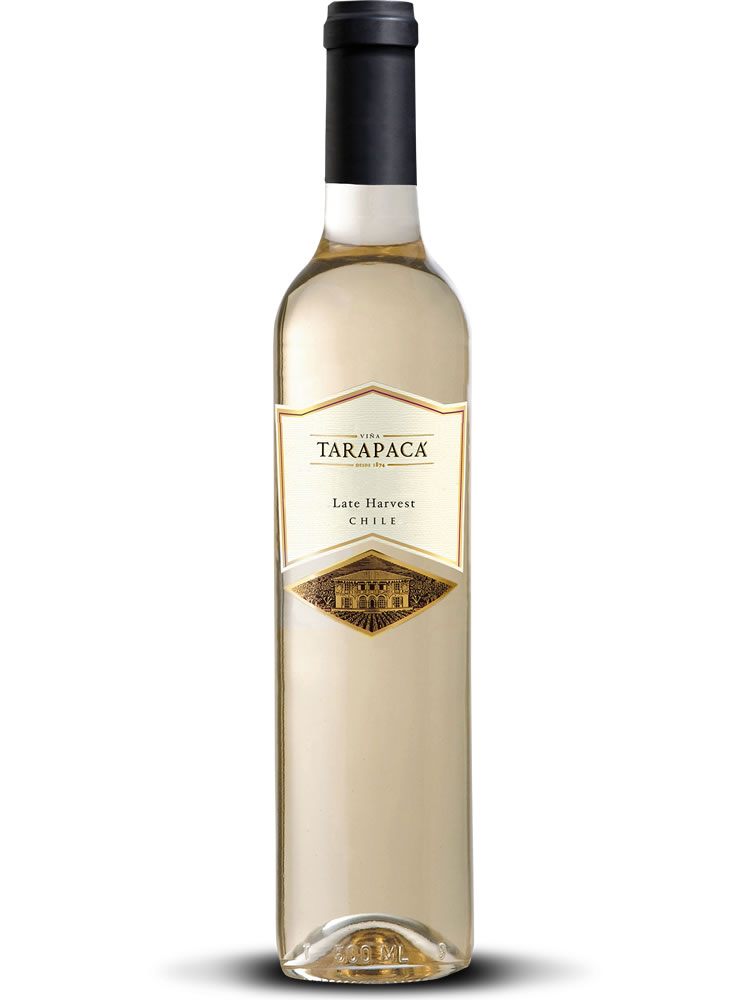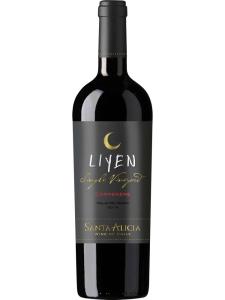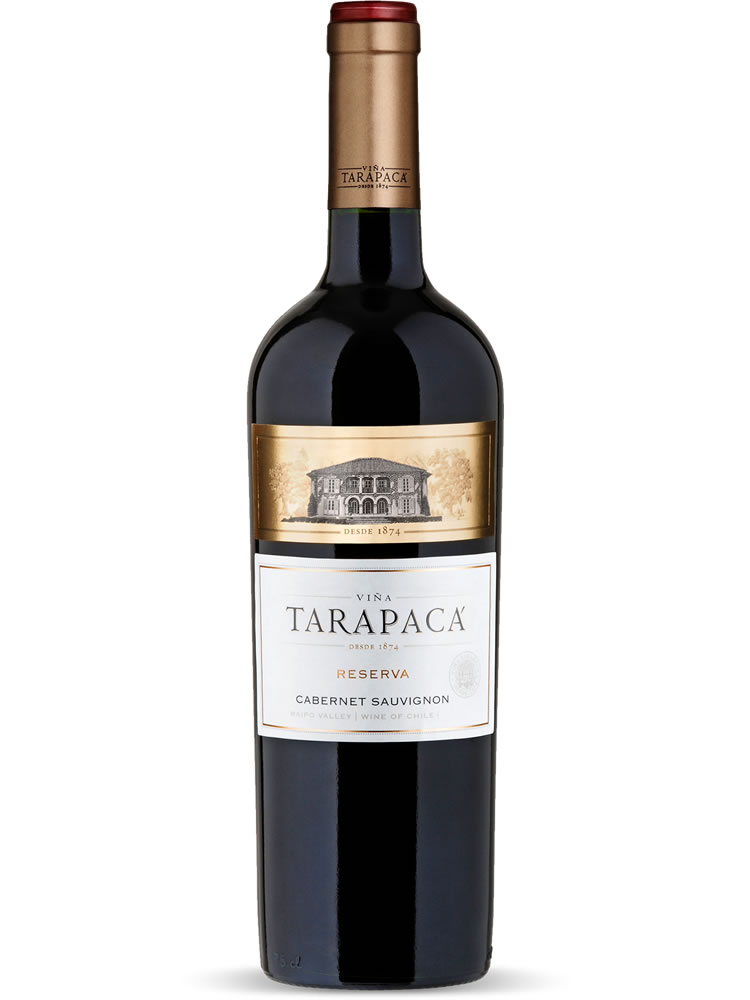-
中文名:
-
英文名:Maipo Valley
-
位置:
-
葡萄园面积:公顷
-
葡萄酒特点:
-
产区产量:
-
土壤:
Maipo Valley is one of Chile's most important wine-producing regions. Located just south of the capital, Santiago, Maipo Valley is home to some of the country's most prestigious wines. It is often described as the 'Bordeaux of South America', and rich, fruit-driven Cabernet Sauvignon is undoubtedly its most celebrated wine style.
Maipo is at the very northern end of Chile's extensive Central Valley, running from just north of the Rapel Valley up to where the countryside begins to give way to houses and roads in the southern suburbs of Santiago. The Coastal Range separates the area from the Pacific coast, and on the eastern side, the Andes Mountains rise suddenly and dramatically, separating Maipo from the Argentinean region of Mendoza.
The Maipo Valley is the home of viticulture in Chile. The first vines were planted around Santiago at the city's birth in the 1540s, but it wasn't until the 1800s that viticulture began to expand significantly, as an indirect result of entrepreneurial Chileans growing rich from the mineral wealth found in the Atacama Desert to the north. It became fashionable for these wealthy individuals to travel to France, and they inevitably returned home with vines to plant in their new, French-influenced wine estates. The vineyards of Cousino Macul, Concha Y Toro and Santa Rita were developed during this period, and they remain today important names in the Chilean wine industry.
The region can be roughly separated into three broad areas: Alto Maipo, Central Maipo and Maipo Bajo.
The vineyards of Alto Maipo (or Upper Maipo) run along the eastern edge of the Andes Mountains, where they benefit from altitudes of 1300-2500ft (400-760m) above sea level. At this height, warm sun during the day is followed by colder nights, which slow ripening. This extends the growing season, leading to grapes with a balance of ripeness and acidity. Alto Maipo's colluvial soils (those brought down from the mountains over time by gravity as opposed to rivers) are rocky and free-draining and are considered excellent for viticulture: vines have to work harder for water in the ground and so put their energy into producing smaller berries with a high concentration of sugars and acids.
Alto Maipo, which encompasses the sub-regions of Puente Alto and Pirque, is the most prestigious of Maipo's viticultural areas. It is here that the vineyards of Don Melchor, Almaviva and Vinedo Chadwick can be found along the banks of the Maipo River and among the houses and buildings of Santiago itself.
Central Maipo (sometimes called Maipo Medio) is the lower-lying ground just to the west of Alto Maipo, surrounding the towns of Buin and Paine. The climate here is slightly warmer than in Alto Maipo, and the soils are slightly more clay-based and fertile, leading to a slightly less-refined style of wine. Cabernet Sauvignon is still the most-grown grape variety, but there are also substantial plantings of Carmenere vines, as the warmer climate is well suited to this iconic Chilean grape variety.
Maipo Bajo (or lower Maipo) centers on the towns of Isla de Maipo and Talagante. The wine industry here is more concerned with winemaking than viticulture, and while there are a few vineyards, there are many wineries. Undurraga and De Martino are just two of the names that can be found in this part of Chile, making wines with grapes from all over the country. Some viticulture takes place here near the river, where cool breezes create mesoclimates suitable for growing white-wine varieties, as well as Cabernet Sauvignon.
Annual rainfall in Maipo is very low and the climate is both warm and dry, so the arrival of technological advances in the 1980s brought an element of consistency to winemaking here. Drip irrigation gives viticulturists a weapon against extended dry spells, while stainless-steel tanks and oak barrels allow controlled fermentation and quality ageing.
Along with Cabernet Sauvignon and Carmenere, a wide range of grape varieties are planted in the Maipo Valley including Merlot, Syrah, Chardonnay and Sauvignon Blanc.
热门推荐
-
金殿之子红葡萄酒
Vina Quebrada de Macul Alba de Domus, Maipo Valley, Chile
经销商*1
-

红蔓庄园晚收甜白葡萄酒
Vina Tarapaca Terroir Late Harvest, Maipo Valley, Chile
经销商*1
-

金月亮卡门尼亚红葡萄酒
Santa Alicia 'Liyen' Single Vineyard Carmenere, Maipo Valley, Chile
经销商*1
-

红蔓庄园珍藏赤霞珠红葡萄酒
Vina Tarapaca Reserva Cabernet Sauvignon, Maipo Valley, Chile
经销商*1

